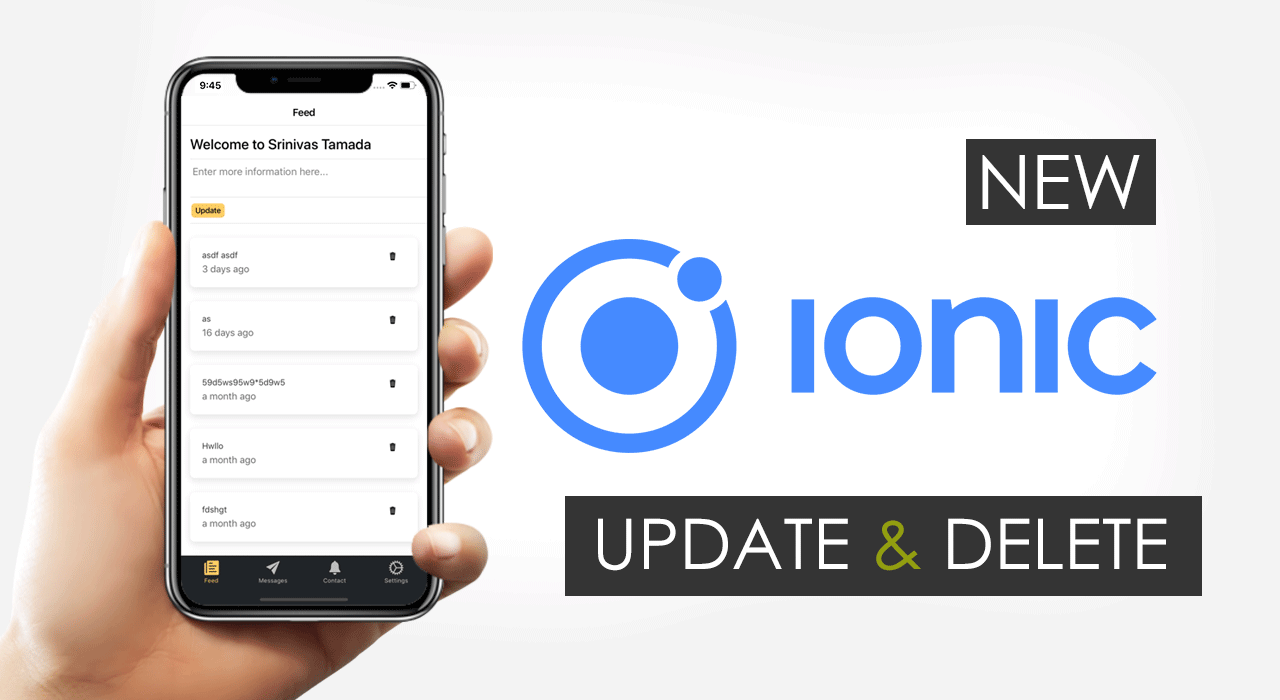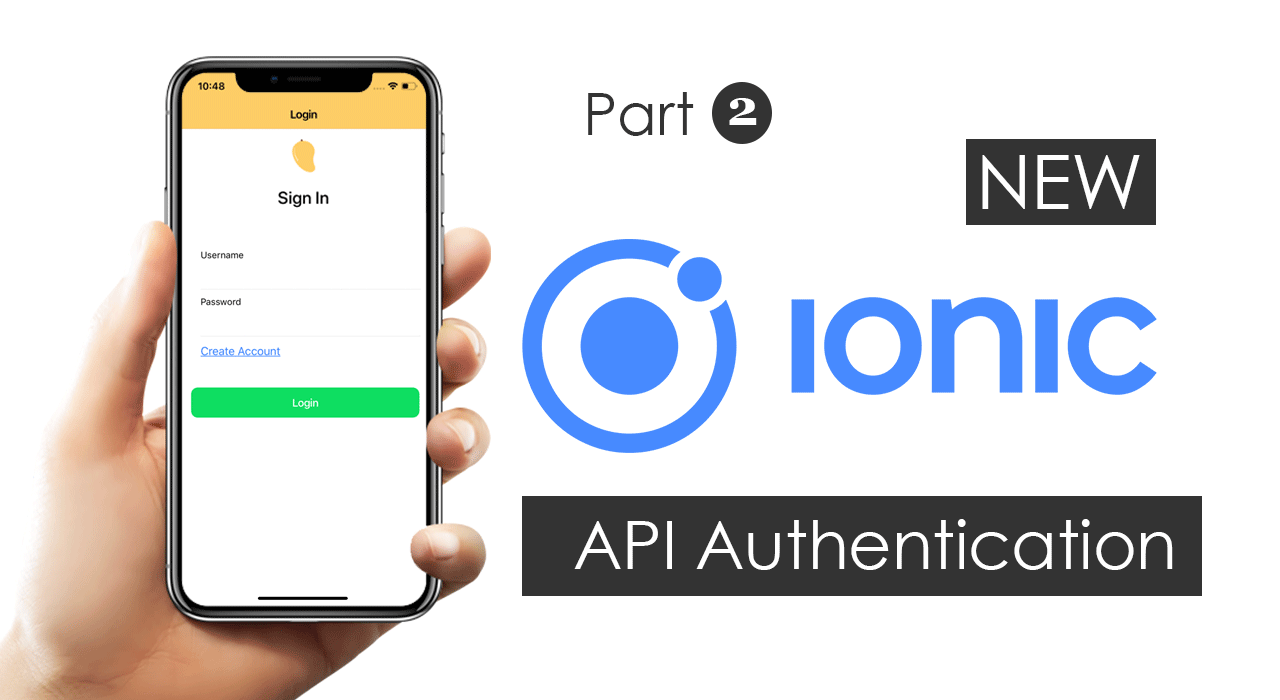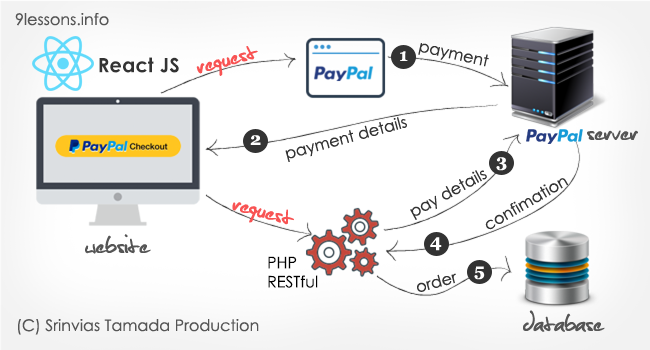Few days back I posted an article about how to implement restful apis using the Node Express and MySql. In this post I am going to discuss deploying NodeJS RESTful apis with Express framework to the Firebase functions. This is helpful when you deal with external endpoints which need secret keys. Google Firebase functions as an alternate product for Amazon Lambda, and Google Firebase is offering Storage and Real-time databases.

















